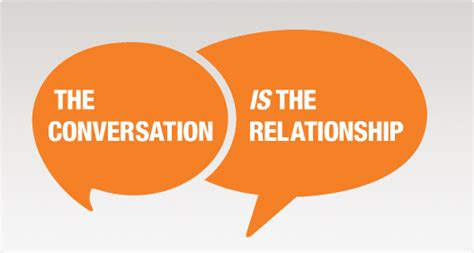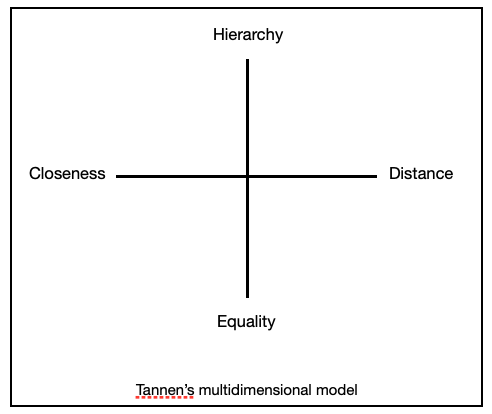There was a line in the post Project English @ WGC that I think is very interesting.
“Our teaching is highly personalised and differentiated because we teach through conversation.”
I’ve seen Mel and Di at work, and their approach is highly egalitarian. They have created a culture where the students are confident enough to speak of and do what they are interested in. Part of this is Mel and Di’s adoption of an official ‘Yes’ policy, although it always comes with an ‘And’ that is intended to open up doors.
Let learners voice their ideas and run with them
Say you’re into volcanoes. In Mel and Di’s class they’ll say, ‘Yes, go for it! And have you seen / read this? And did you want to meet with this person who’s into volcanoes too?’
It is this approach to talk that is empowering for the students. It opens up space for them to bring themselves into the room. This is how they teach through conversation - they meet the kid where they are and on their terms, and work from there. It’s an approach that fosters closeness and equality: people in the room know each other and are happy to share.
Too often the way we talk to students is not really considered as a factor in helping to shape the kind of learning and learners we get. Deborah Tannen’s1 multidimensional model of talk shows us we should though. I like this model. It helps us see the relationship between power (hierarchy > equality) and connection (closeness and distance), and in doing so gives us a frame in which we can plan the kind of talk we’d like more of and less of.
What kind of learners do you want?
What quadrant do you think most of the talk between you and your students is in? What messages does that talk carry?
What kind of learning do you want to emphasise? What quadrant do you think the talk needs to be in to help make that happen?
Of course talk can’t, nor should it, sit exclusively in one of the quadrants. However, The way we talk shapes the kind of relationships that occur in the room, and therefore the kind of learners we get.
Keen to know more about the kind of talk that creates space for learning that’s learner led? Mel and Di have wisdom and practical examples to share, so reach out to them
melanie.eade@wgc.school.nz / or on Twitter @mel_eade
diane.henjyoji@wgc.school.nz / or on Twitter @dhenjyoji





